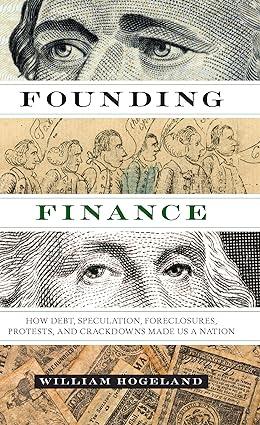Answered step by step
Verified Expert Solution
Question
1 Approved Answer
Given the following data: Dividend Discount Model Three-Stage Example Discount rate (r): 12,00% Growth period (g1): Growth year 5 Initial growth period of EPS 23,00%
Given the following data:
Dividend Discount Model
Three-Stage Example
| Discount rate (r): | 12,00% |
| Growth period (g1): | |
| Growth year | 5 |
| Initial growth period of EPS | 23,00% |
| Maturity period (g2): | |
| Payout at maturity | 45% |
| Retention rate at maturity (retent) | 55% |
| Growth rate at maturity: r x retent | 6,600% |
| Transition period: | |
| Transition years | 12 |
| Growth rate of EPS (incremental) | 1,26% |
| Other information: | |
| Current fiscal year EPS | 4,00 |
| Current calendar year dividend | 0,50 |
| Current payout (p1) | 12,50% |
| Growth year payout = current | 12,50% |
| Maturity payout (p2) | 45,00% |
| Transition years payout (incremental) | 2,50% |
| Growth + Transition Years | 17 |
| Terminal value (TV) = div1/(r-g) |
| Year | Assumption | EPS | growth | Dividend | payout | TV | PV (div+TV) | |
| 1 | Growth year EPS | 4,92 | 23,00% | 1 | 0,62 | 12,50% | 0,55 | |
| 2 | Growth year EPS | 6,05 | 23,00% | 2 | 0,76 | 12,50% | 0,60 | |
| 3 | Growth year EPS | 7,44 | 23,00% | 3 | 0,93 | 12,50% | 0,66 | |
| 4 | Growth year EPS | 9,16 | 23,00% | 4 | 1,14 | 12,50% | 0,73 | |
| 5 | Growth year EPS | 11,26 | 23,00% | 5 | 1,41 | 12,50% | 0,80 | |
| 6 | Transition year EPS | 13,71 | 21,74% | 6 | 2,06 | 15,00% | 1,04 | |
| 7 | Transition year EPS | 16,52 | 20,48% | 7 | 2,89 | 17,50% | 1,31 | |
| 8 | Transition year EPS | 19,69 | 19,22% | 8 | 3,94 | 20,00% | 1,59 | |
| 9 | Transition year EPS | 23,23 | 17,95% | 9 | 5,23 | 22,50% | 1,88 | |
| 10 | Transition year EPS | 27,10 | 16,69% | 10 | 6,78 | 25,00% | 2,18 | |
| 11 | Transition year EPS | 31,28 | 15,43% | 11 | 8,60 | 27,50% | 2,47 | |
| 12 | Transition year EPS | 35,72 | 14,17% | 12 | 10,72 | 30,00% | 2,75 | |
| 13 | Transition year EPS | 40,33 | 12,91% | 13 | 13,11 | 32,50% | 3,00 | |
| 14 | Transition year EPS | 45,02 | 11,65% | 14 | 15,76 | 35,00% | 3,22 | |
| 15 | Transition year EPS | 49,70 | 10,38% | 15 | 18,64 | 37,50% | 3,40 | |
| 16 | Transition year EPS | 54,23 | 9,12% | 16 | 21,69 | 40,00% | 3,54 | |
| 17 | Transition year EPS | 58,50 | 7,86% | 17 | 24,86 | 42,50% | 519,648 | 79,30 |
| 18 | Maturity | 62,36 | 6,60% | 18 | 28,06 | 45,00% | ||
| Theoretical price | 109,05 |
Note: EPS = earnings per share
Question:
Fill in the Sensitivity Analysis (two way table):
| Discount Rate | ||||||
| 11% | 11,50% | 12% | 12,50% | 13% | ||
| Growth rate at maturity | 5,80% | |||||
| 6,20% | ||||||
| 6,60% | ||||||
| 7% | ||||||
| 7,40% | ||||||
A sensitivity analysis determines how stock values change given different values of discount rate and perpetuity growth rate.
Please demonstrate how you find the solution in Excel (formula)
Step by Step Solution
There are 3 Steps involved in it
Step: 1

Get Instant Access to Expert-Tailored Solutions
See step-by-step solutions with expert insights and AI powered tools for academic success
Step: 2

Step: 3

Ace Your Homework with AI
Get the answers you need in no time with our AI-driven, step-by-step assistance
Get Started


